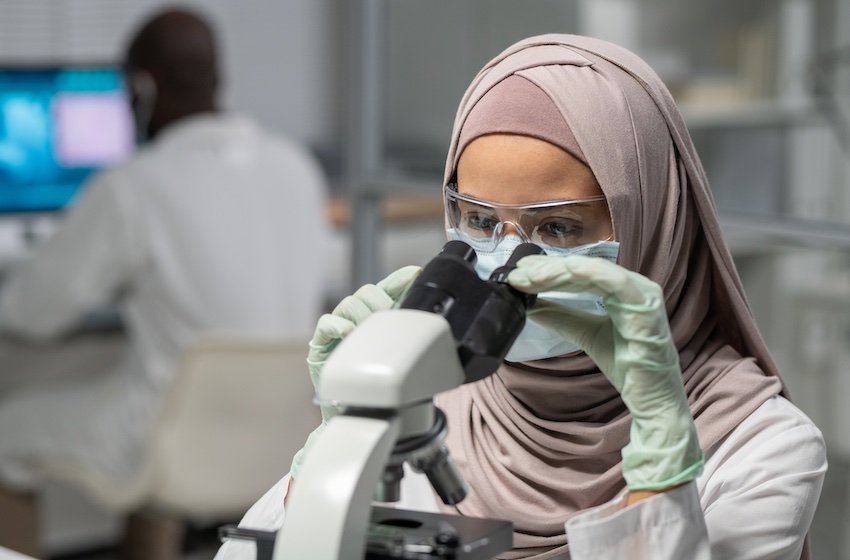Advanced Methodology Enables the Development of Heavy Metal-Free Biosolids for Fertilizers and Biochar

Lead senior researcher Kalpit Shah emphasized in a media statement that their innovation ensures biosolids do not release heavy metals into the environment while retaining valuable nutrients for land applications. Furthermore, through additional processing, the biosolids can be transformed into high-quality biochar, which serves as a renewable energy source and finds diverse applications, including its use as a fertilizer.
The metal-removal procedure consists of three distinct stages: extraction, purification, and recovery. According to Shah, previous research efforts exploring metal recovery from biosolids had primarily focused on the initial stage, with limited exploration of subsequent purification and metal recovery. The complex composition of biosolids, containing multiple metals bound within organic matter, presented challenges for purification and metal recovery.
First author Ibrahim Hakeem explained that their approach involved sequential metal recovery, executed through a closed-loop solution that minimizes environmental impact. This strategy allowed for the step-by-step extraction of metals from the biosolids, overcoming the inherent difficulties associated with purification and recovery.
Shah highlighted that this development aligned with their team’s pyrolysis technology for producing biochar, which is currently being trialed at the Melton Recycled Water Plant by South East Water, Intelligent Water Networks, and Greater Western Water. Pyrolysis, a heat-based process that decomposes organic materials without oxygen, is employed to eliminate pathogens and emerging contaminants from biosolids.
The engineers emphasized that water industries worldwide are considering alternative thermal conversion technologies like pyrolysis to address concerns regarding contaminants such as per- and poly-fluoroalkyl substances. However, reducing organic matter through pyrolysis can lead to higher concentrations of heavy metals in the resulting biochar, a challenge effectively addressed by the team’s novel technique.
In Australia, the application of biosolids to agricultural land is subject to regulations and guidelines that specify limits on heavy-metal concentrations, ensuring the safe use of biosolids as fertilizer. Taking this into account, the team aims to collaborate with water authorities to implement their heavy-metal removal technique before pyrolysis.
Shah expressed that their innovation could also find application in managing other waste streams, such as stormwater lagoon sludge and mine tailings. Future plans involve conducting a techno-economic analysis in partnership with South East Water, potentially leading to pilot trials. Additionally, the team is eager to collaborate with companies involved in stormwater lagoon management and mine tailings, beginning with testing their samples in the lab and progressing towards pilot trials.




